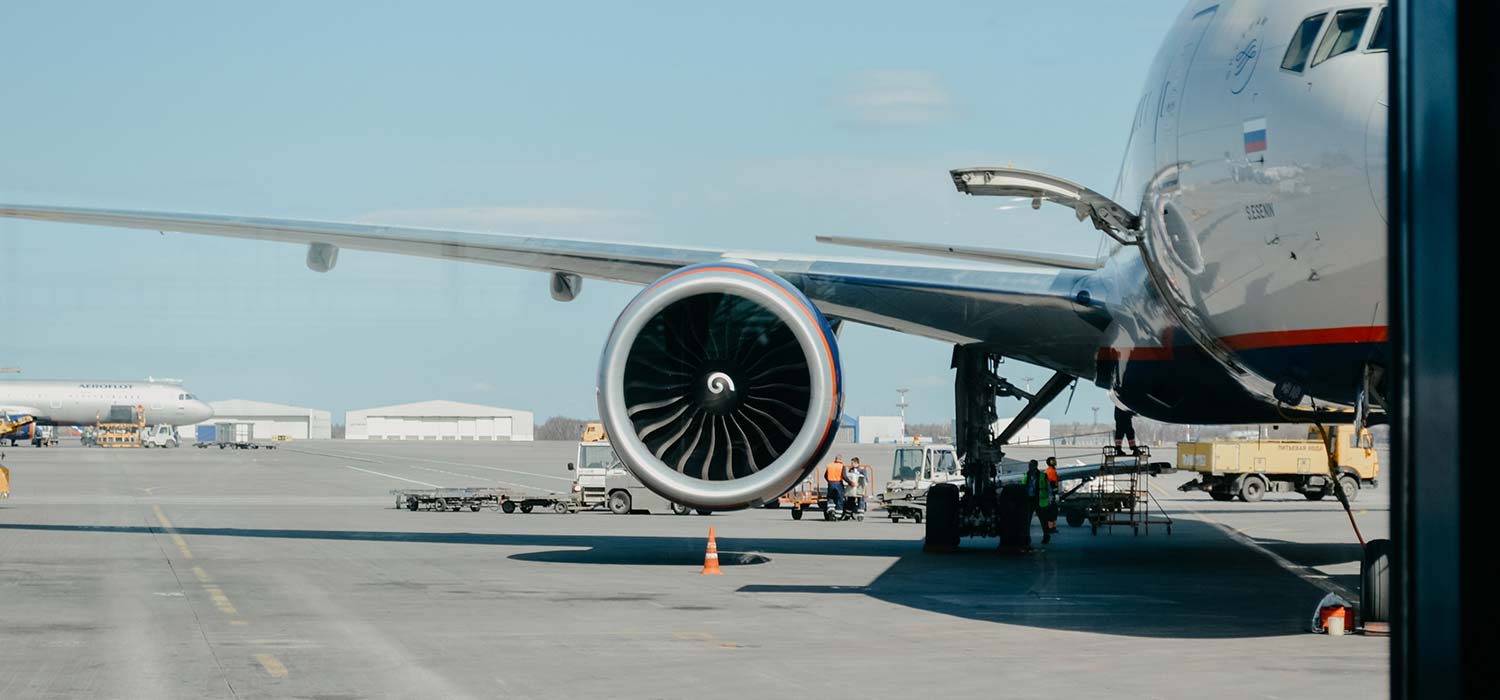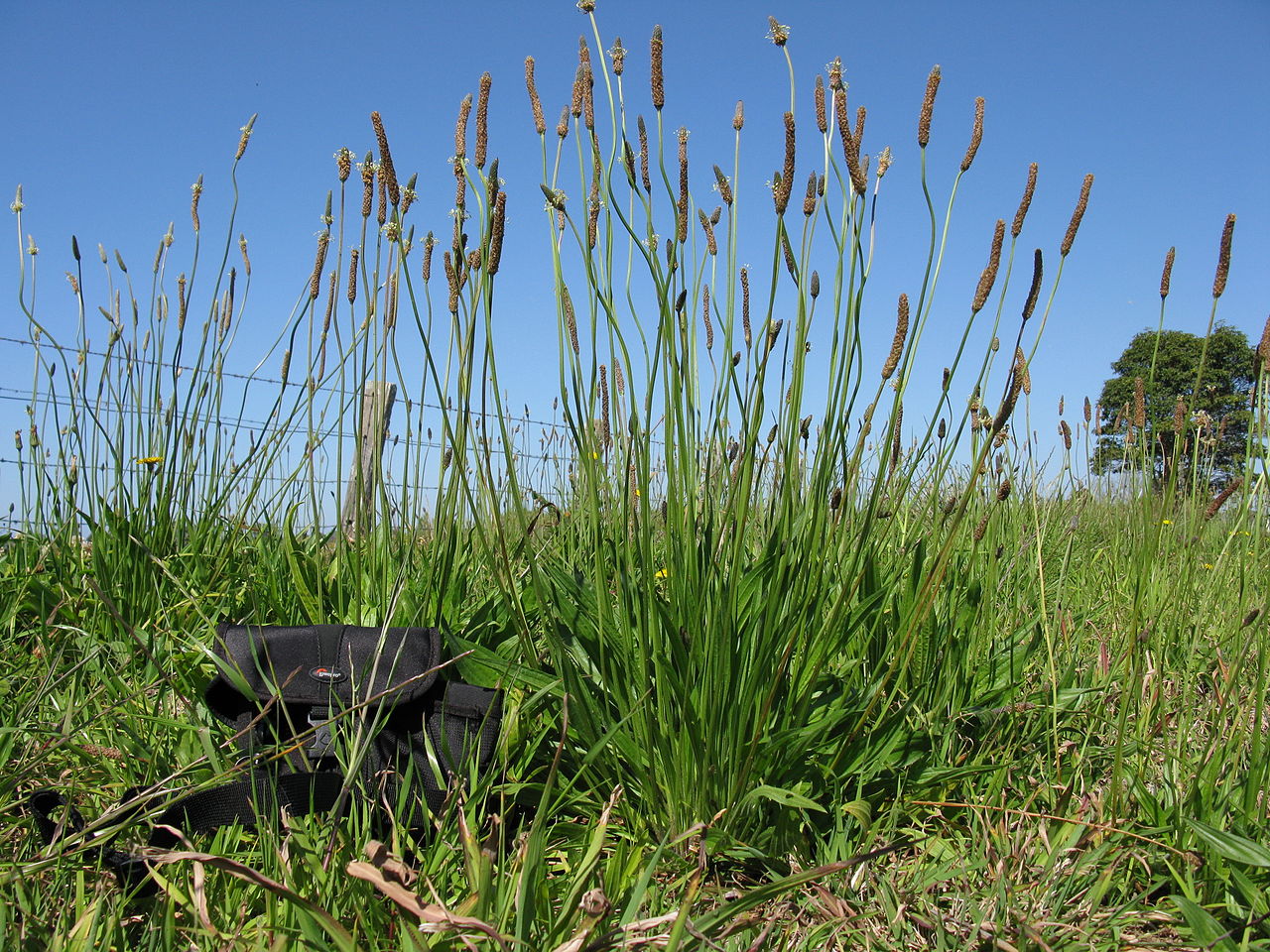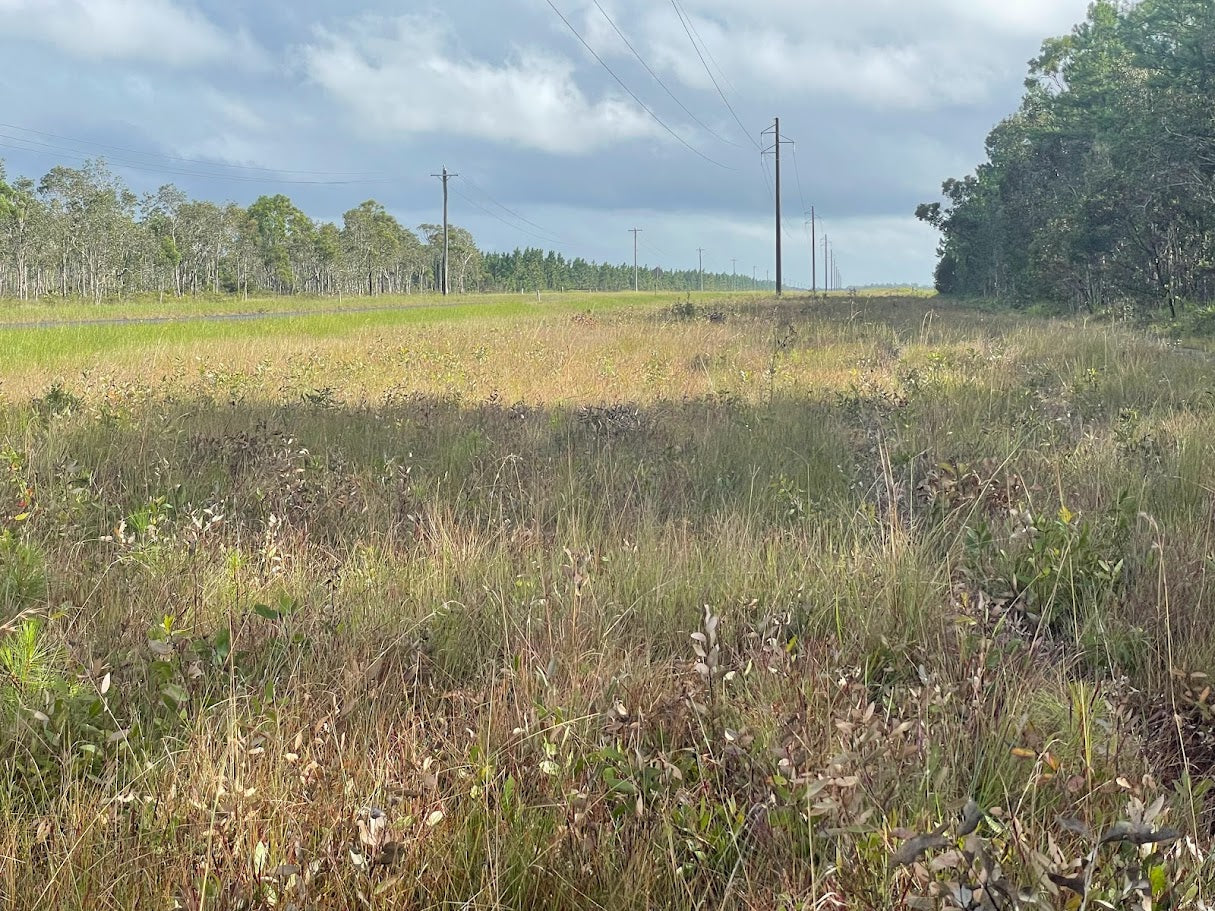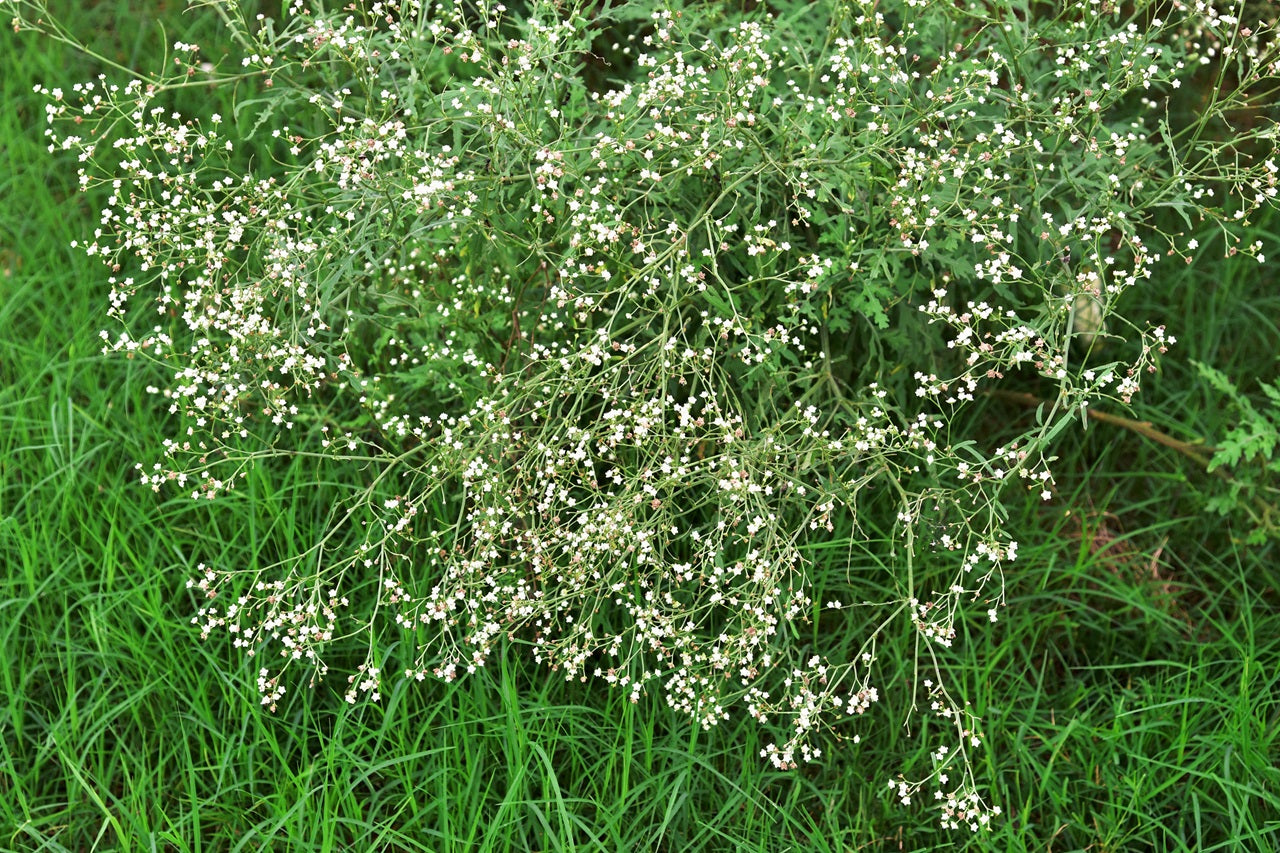
Vegetation Management for Airside Operations in Australian Airports
Advancements in Vegetation Management for Airside Operations in Australian Airports
Australia's aviation industry plays a crucial role in both domestic and international connectivity. Ensuring the safety and efficiency of airport operations is paramount, and one critical aspect is vegetation management around runways and other airside areas. Recent advancements in vegetation management methodologies have led to enhanced safety and environmental stewardship in Australian airports. In this industry update, we'll explore these innovations and their impact on airside operations.
Precision Herbicide Application
Precision herbicide application techniques have revolutionised vegetation management in airports. These methods involve the use of GPS-guided sprayers and drones to target specific vegetation areas, minimising herbicide use and reducing the risk of chemical drift. Precision application not only improves weed control but also reduces environmental impact and ensures compliance with strict safety standards.

Remote Sensing
Remote sensing technologies, such as satellite imagery and drones equipped with multispectral cameras, provide airports with real-time data on vegetation health. This allows for proactive weed management, as areas of concern can be identified and addressed promptly. It also aids in planning and optimising maintenance schedules.

Biological Control
Australian airports have increasingly turned to biological control methods to manage vegetation. This involves introducing natural predators, herbivores or pathogens to control specific weed species. Biological control is selective, environmentally friendly, and reduces the reliance on chemical herbicides.

Pre-emergent Herbicides
Active Ingredient: Indaziflam

Pre-emergent herbicides such as Esplanade (Indaziflam) has gained prominence in solar farm vegetation management programs due to its unique properties. It is a long-term pre-emergent herbicide that provides extended control of a broad spectrum of weed species. Indaziflam acts by inhibiting the growth of weed seedlings, preventing them from becoming established plants. This prolonged control minimises the need for frequent herbicide applications, reducing both costs and environmental impact.
Indaziflam has a low active ingredient (AI) loading, meaning that only a small amount of the herbicide is required for effective weed control. This reduces the overall chemical load in the environment, contributing to improved environmental sustainability.
Indaziflam’s extended activity period is a significant benefit for road network managers. It provides control over an extended timeframe, reducing the frequency of herbicide applications. This not only saves time and resources but also minimises disruptions to road users and nearby communities.
Indaziflam has demonstrated effectiveness in controlling particularly challenging weed species common along road networks, such as serrated tussock, Chilean needle grass, and African lovegrass. Its ability to target these problematic weeds contributes to improved road safety and infrastructure protection.
Mechanical Control
Mechanical control methods have evolved with the introduction of advanced machinery and robotics. Automated mowers and weed harvesters equipped with GPS technology can efficiently manage grass and vegetation around runways. These innovations improve safety by reducing the need for manual labour in high-risk areas.

Vegetation Management Training
Training and certification programs for vegetation management personnel have been updated to align with the latest industry standards and practices. Properly trained personnel are essential for safe and effective weed control, reducing the risk of accidents and ensuring compliance with aviation safety regulations.
Australian airports are collaborating with environmental agencies to strike a balance between effective vegetation management and conservation efforts. These partnerships aim to protect native flora and fauna while controlling invasive species that pose risks to aviation safety.
Recent advancements in vegetation management for airside operations in Australian airports reflect a commitment to safety, sustainability, and environmental stewardship.

The combination of precision herbicide application, remote sensing technologies, biological control methods, innovative machinery, sustainable landscaping, and enhanced training has led to more efficient and environmentally responsible vegetation management practices. These innovations not only ensure the safety of airport operations but also contribute to the preservation of Australia's unique ecosystems.
As the aviation industry continues to evolve, airports will remain at the forefront of adopting innovative vegetation management methodologies.
TAGS: Precision Herbicide Application, Remote Sensing and Monitoring, Biological Control, Long Term Pre-Emergent Herbicides, Innovative Mechanical Control, Enhanced Training and Certification
Additional content
VIEW GWS' ADDITIONAL CONTENT TO LEARN MORE ABOUT THE WEED INDUSTRY

Water pH and the Performance of Weak Acid Herbicides
Weak-acid herbicides must remain in their non-ionised (acid) form to move efficiently through the plant cuticle. When spray water is too alkaline, the herbicide molecule becomes ionised.
Read more
Towards Modern Vegetation Management: Solutions for Australia’s Linear Infrastructure
Understanding the Changing Vegetation Challenge Vegetation management across Australia’s linear infrastructure corridors is becoming increasingly complex. Roads, rail corridors, gas pipelines, elec...
Read more
Case Study: Parthenium Weed Hygiene
Introduction: The Necessity of Weed Hygiene Management Australia’s vast expanses and diverse land uses, from grazing pastures and cropping zones to natural bushland and urban corridors are u...
Read more
